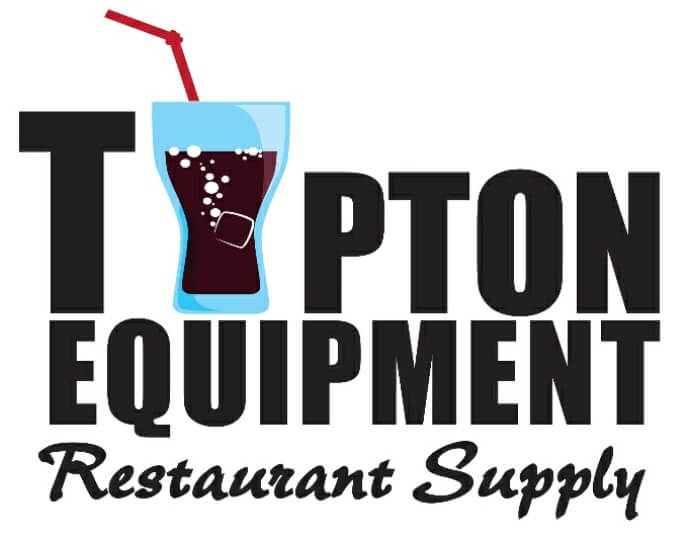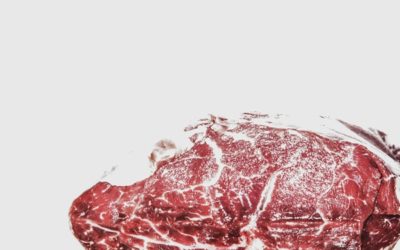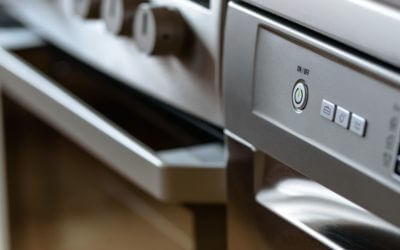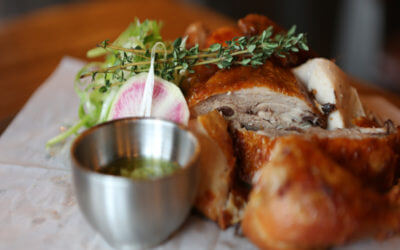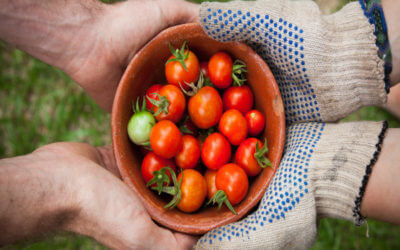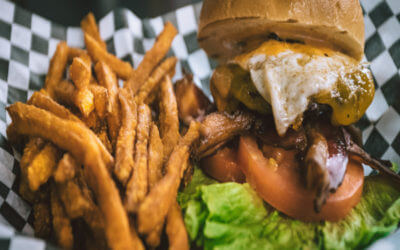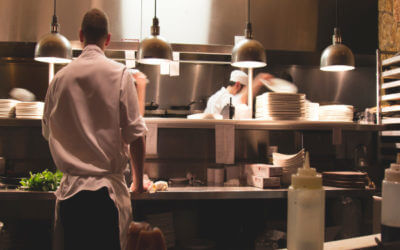Control COGS in Your Restaurant
May 1, 2019Restaurants are known for having razor-thin margins, but you can improve your profits if you have a good handle on your costs. That doesn’t mean you have to skimp on restaurant supplies, but it does mean you can be strategic about what you spend.
Do you know your cost of goods sold (COGS) and how to improve it? If it’s been awhile since you thought about it, here are some tips that can help.
Look at Food Cost Per Category
When pricing your menu, it’s recommended that your food costs are 31% of the price. It’s easier to track this if you break things down into categories. Your specific groupings will depend on your style of food, but some ideas include:
- Meat
- Dairy
- Fruits & Vegetables
- Baked Goods
- Beverages
By assigning a percentage to each category, you’ll have an easier time staying within the 31% goal. Whatever categories you use, be sure to organize your inventory of restaurant supplies accordingly. You can then set limits on how much you want to spend in each category.
Measure Ingredients Carefully
It’s well known that a heavy hand at the bar can result in overpours that cost you significant cash, but restaurant owners don’t always think about that in the back of the house. The truth is that imprecise measuring is a huge contributor to food waste – that is, not being able to account for all the ingredients you buy.
When cooks measure carefully from prep all the way through assembly, you’ll know exactly what you’re using for each dish. And don’t be afraid to experiment – finding that less of a spice doesn’t impact the flavor can save you thousands in the cost of restaurant supplies!
Use a Seasonal Menu
Carrying the same dishes year-round can cost you a lot of money – that salad with fresh strawberries won’t taste great or be affordable in January. Instead, create (at minimum) a fall/winter and spring/summer menu.
If fresh local ingredients are an important part of your restaurant supplies, go all in and create four menus. You can change them year-to-year or keep them the same. The key is to have the dishes, COGS, and pricing figured out in advance so the transition is seamless.
With a seasonal menu you’ll create more interest in your restaurant, and you’ll get a boost in business as people’s seasonal favorites come into the rotation each year. You’ll also save on food costs and your food will always taste flavorful and fresh.
We Have the Restaurant Supplies You Need
Preparing top-quality dishes throughout the year is a big job, but when you do it well you’re rewarded with a successful establishment and loyal patrons.
Having the right restaurant supplies to complement your menu is a vital part of the equation. Whether you want to rotate dishes seasonally, add new smallwares to the mix, or replace your ailing cooking equipment, Tipton Equipment can help.
We’ve been serving Little Rock restaurants for many years and we’d love to help you as well. Contact us to find out what we can do for your restaurant!
5 Things Every Restaurant Owner Should Do Before Buying Used Kitchen Equipment
Equipping your restaurant properly can cost a lot of money, so buying used kitchen equipment is the go-to choice for many restaurateurs. Buying used kitchen equipment for a restaurant is a bit different than buying used equipment for your home, however. You will...
Top Restaurant Technology Trends in 2018
When looking to buy restaurant supplies, you want to be on the leading edge of technology trends. This will keep your kitchen running smoothly. Let’s take a look at some of the most recent trends in restaurant supplies technology. 1. New Payment Options Who would...
5 Different Ice Shapes and Why You Should Care About Them
Ice makers are very popular in the restaurant and foodservice community because they eliminate the need to buy ice every day. And of course, adding an ice maker to your collection of foodservice equipment means you will always have ice on hand when you need it. An...
Pulping and Grinding: A Starter’s Guide to Reducing Commercial Food Waste Costs
For most restaurant owners and managers, the expenses involved in making meals are always under careful consideration. Water is needed to prepare, cook and wash food; power is necessary for food prep, cooking and cooling, and so on. However, how many of us consider...
Choosing the Right Milk Cooler: Cold Wall or Forced Air?
In a restaurant, milk is an essential to have on hand for coffee and other café-style beverages, for serving with kids’ meals, and as a key ingredient in many recipes. Keeping your milk properly chilled can be difficult without the proper restaurant equipment....
How to Choose Your Next Commercial Meat Smoker
The movies that connect with us on a personal level are the ones that linger in our memories forever. Anyone who has used a commercial meat smoker knows that they have a huge influence on the taste of a meal. You need to have just the right kitchen equipment to get a...
Are High Speed Ovens Too Good to be True?
You might have heard a few of the bold claims that foodservice equipment manufacturers have been making about high speed ovens, but they can’t be possible, right? Cooking three times as faster as regular ovens? Five times as fast? Fifteen times as fast? It may seem...
Choosing the Right Food Storage Containers for Your Restaurant
Choosing the right kitchen supplies will make a difference in your restaurant. Whether it is heavy duty kitchen equipment or food storage containers, each piece of equipment plays its own important role. Today, we are going to talk about how to choose the right food...
Tipton’s Guide to Perfect Poultry Trussing
Do you ever truss birds in your commercial kitchen? Trussing is a fantastic cooking technique because it makes poultry cook faster, look more attractive and taste better. If your commercial kitchen prepares poultry, you don’t want to miss these trussing tips. Trussing...
How to Eliminate Excess Condensation in Your Kitchen
Is your commercial kitchen getting steamy? If so, you could have more than just an uncomfortable working environment on your hands. Excess moisture in your commercial kitchen can result in the corrosion of equipment, the development of mold, and even damage to your...
The DIY Guide to Your Restaurant’s Own Garden
Stocking your restaurant supply with your own home-grown herbs and produce can truly bring your dishes to life. When it comes to food, everyone knows there’s nothing like homemade and home-grown. Having your own culinary garden, however large or small, can help you...
5 Reasons a Meat Grinder Will Set Your Burgers Apart
The more you do to prepare your foods in-house with the right kitchen equipment, the fresher and more flavorful your dishes become. There are all sorts of restaurants offering fast-food style burgers, but some diners are looking for the real deal. A fresh, juicy...
Pest Preventions to Implement in Your Commercial Kitchen
Restaurant pests: it’s something that few people want to think about. Like it or not, pest management is an essential consideration for every commercial kitchen. Offering food, shelter and water, the unprepared commercial kitchen naturally provides everything pests...
Choosing the Right Material for Your Cooking Equipment
Kitchens are very unique to their chef. Just like a car mechanic has a toolbox unique to them, so is the cooking equipment in a kitchen. And over time, the same cooking equipment become a natural extension of the chef. What tools are you using in your kitchen? It...
Kitchen Hacks for Your Home
Some people are naturally good at certain skills. We all know someone who is naturally book smart, athletic, or musically inclined. What makes you jealous of them is how easy they make tasks seem compared to you. One skill might be cooking. Your dream may not be...
